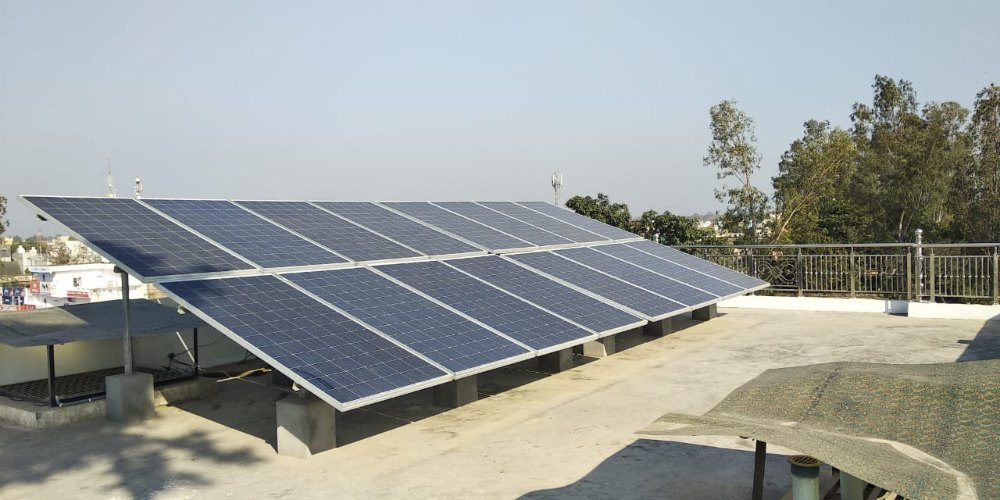Residential rooftop solar panels are a valuable investment, offering clean energy and long-term savings. However, natural disasters like storms, hail, and wildfires pose significant threats to these systems. Protecting your solar panels from such risks is crucial for ensuring their longevity and efficiency. In this article, we’ll explore practical measures to safeguard your rooftop solar system from disasters.
1. Install Durable and High-Quality Solar Panels
The first line of defense against natural disasters is using high-quality, durable panels. Look for panels that meet international certifications like IEC 61215 and UL 1703, which ensure resistance to harsh conditions such as strong winds, snow, and hail.
Pro Tip: Panels with tempered glass coverings provide additional durability against impact damage.
2. Secure Mounting Systems
Proper installation is key to disaster resilience. Use sturdy mounting systems that can withstand high wind speeds. Make sure they are fastened securely to the roof and have been tested for local weather conditions.
Wind-Resistant Tip: Consider installing aerodynamic mounting systems to reduce uplift during storms.
3. Add Protective Covers or Shields
During hailstorms or hurricanes, protective covers can shield your panels from direct impact. These covers are made of tough materials like polycarbonate and can be removed once the storm passes.
Bonus Benefit: They also protect your panels from debris during strong winds.
4. Regular Maintenance and Inspections
Routine checks ensure your solar system is in top condition. Inspect for loose bolts, cracks, or weakened structures, especially before storm or wildfire seasons.
Inspection Checklist:
- Tighten loose mounting bolts.
- Clean debris from panels.
- Check electrical wiring for wear and tear.
5. Install Lightning Protection Systems
Lightning strikes can damage solar inverters and panels. Installing a lightning protection system, including surge arresters, can redirect excess electricity away from your system.
Safety Tip: Ensure your system is properly grounded.
6. Protect Against Wildfires
For homes in wildfire-prone areas, consider installing fire-resistant barriers around the solar array. Keep nearby vegetation trimmed to minimize fire hazards. Some panels also come with fire-resistant coatings for added protection.
Fireproof Material Idea: Use fire-retardant sealants on roof mounts.
7. Monitor Weather Alerts and Use Remote Monitoring
Stay updated with weather alerts in your area. If severe weather is expected, consider temporarily shutting down your system to prevent electrical damage. Remote monitoring tools can help you keep track of your system’s performance and identify issues early.
8. Invest in Insurance and Warranties
Ensure your homeowner’s insurance covers rooftop solar damage. Many manufacturers offer warranties covering specific disasters like hail or wind damage, providing financial security in case of severe events.
Insurance Check: Confirm whether your insurance includes replacement and repair costs for solar panels.
9. Plan for Emergency Repairs
Have a list of certified solar repair technicians in your area for quick assistance after a disaster. Quick repairs can minimize downtime and prevent further damage.
Tip: Many companies offer emergency maintenance services for disaster-affected systems.
10. Backup Systems for Continuous Power
Disasters can disrupt power grids. Installing a solar battery backup ensures continuous electricity during outages. Choose batteries with advanced protection features to withstand harsh conditions.
With these steps, you can safeguard your solar investment and ensure uninterrupted green energy for years to come.



